Why SJEMR ?
This is a web based app platform which is mainly for hospitals, clinics who want to keep the records of patients information digitally and manage to quick access them any time to have better diagnosis and treatment which ensures appropriate care by reducing the data error and making life easier.
Our Core Features

Desktop Platform
SJ EMR is fully supported for desktop and laptop devices. Stay in sync, no matter where you go

Mobile Platform
Our patient portal app is on native react technology, which is fully responsive and compatible for any android devices
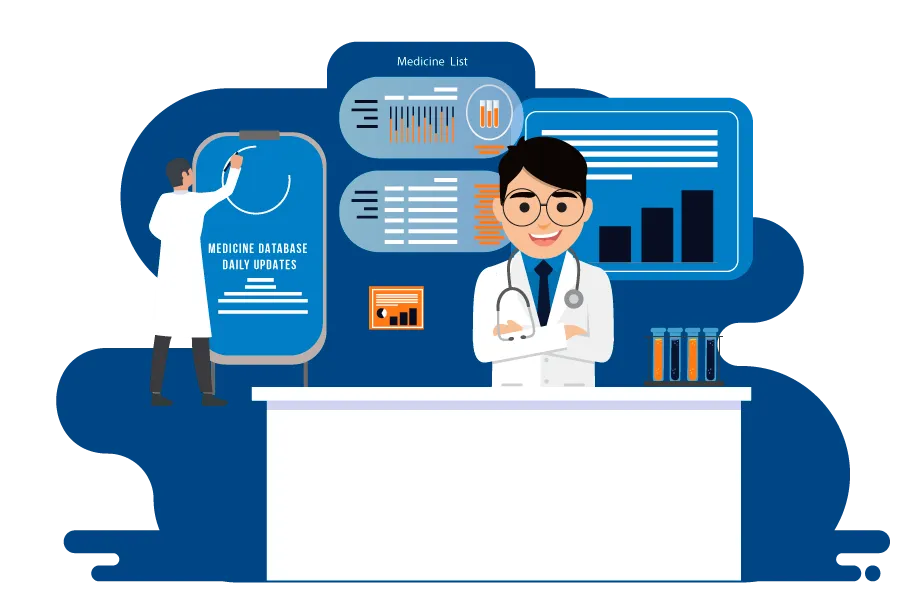
Medicine Database
SJ EMR has its own medicine database that enables quick search of drugs and their details, making it extremely convenient.
ePrescription
It has an easy to use prescription module which is very user friendly for doctors. It is incorporated with our own drug database which allows doctors to quickly input medicines from an auto suggested dropdown list. Also can save custom prescription templates which increase doctors efficiency writing prescriptions within a very short time. It is Compatible with the Govt. Regulations.
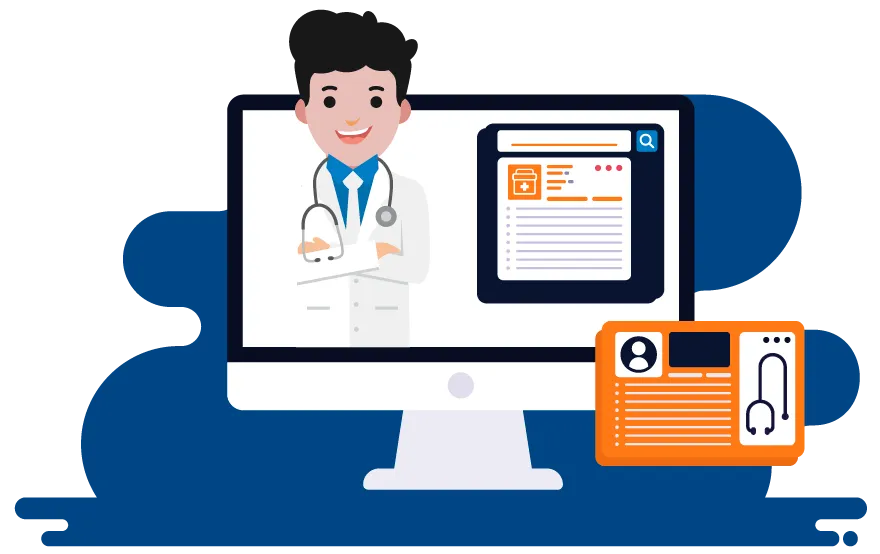
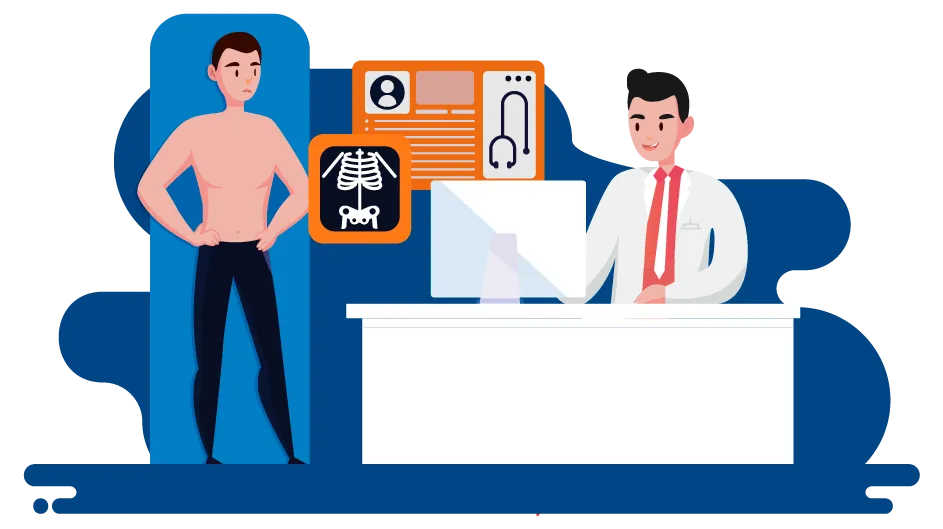
Patient Demography
It's easier to find a patient’s PHI; case study, appointment history, chief complaints, prescription history and documents (i.e: x-ray images, Full face photographic images and any comparable images).
Scheduling appointments
It's easier for the backend admins or other approved users to schedule an appointment with doctors more conveniently as per doctor’s availability.
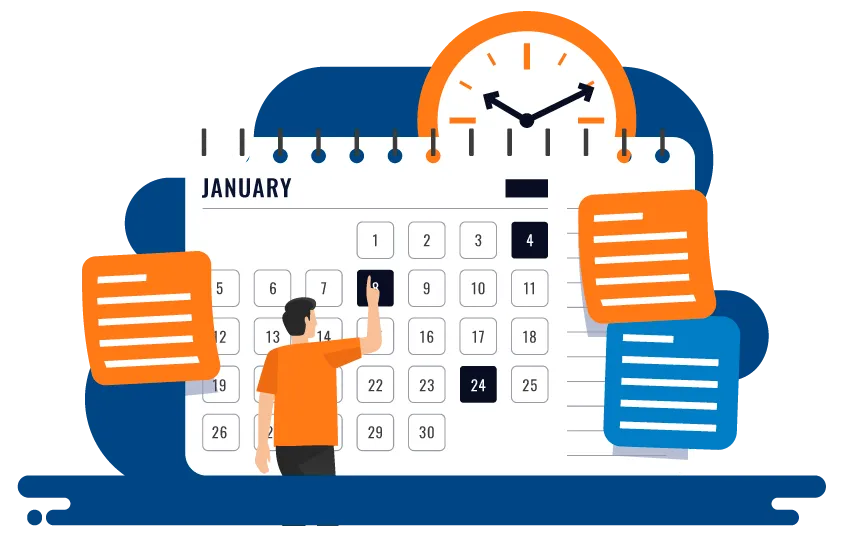
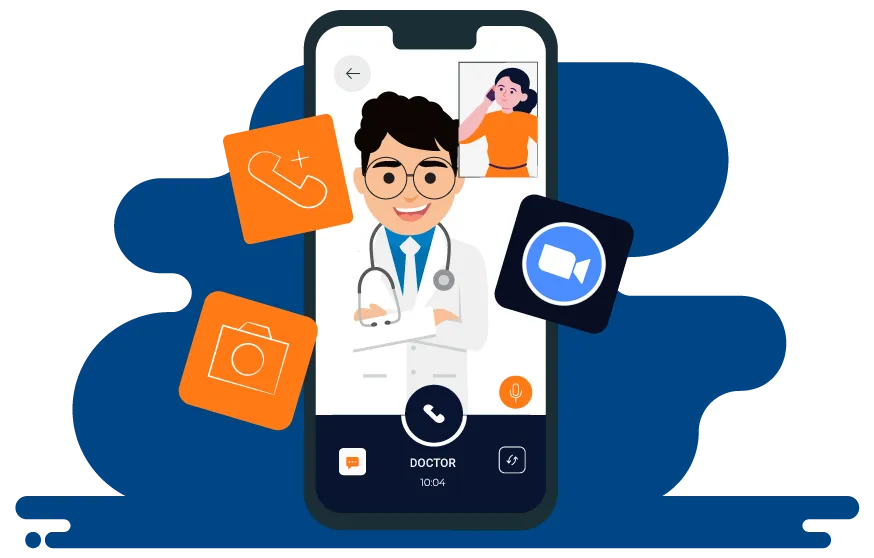
ZOOM integrated video calling feature
Once an appointment is scheduled for video consultancy it automatically sends the zoom meeting ID and password to a patient to have smoother video call experience with the doctor via Zoom.
Patient portal App
SJ EMR has its own web based patient portal and also an android app. By using that, a patient can easily schedule an appointment with a clinic and different specialty doctors. Accessing a patient's ePrescription, appointment status and history is now easier. It's ok to forget to bring the old prescription to the doctor visit.
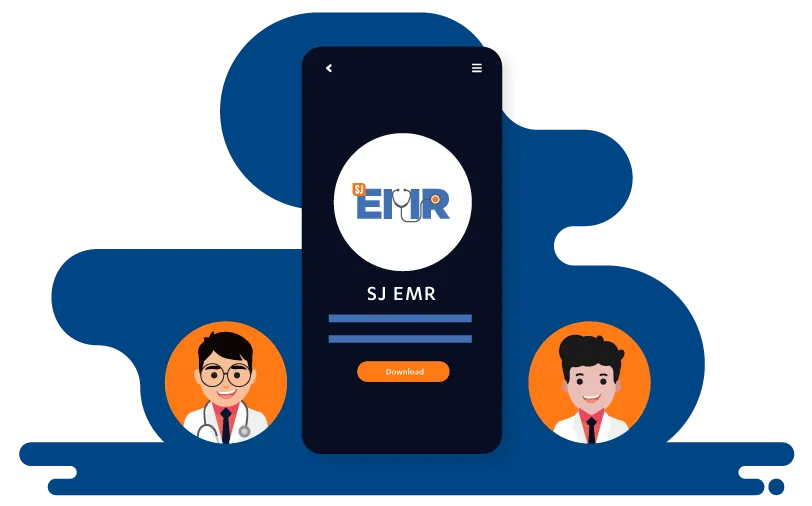
SJ EMR has many more essential features, to explore them all
Find plan for you
Free (14 Days Trial)
0 BDT
Appointment
Prescription
Patient
Patient Demographics
Payment
Doctors
Doctor Schedule
SMS
Essential (After 14 Days Free Trial)
2000 BDT/Month
Appointment
Prescription
Patient
Patient Demographics
Payment
Doctors
Doctor Schedule
SMS
Essential Plus (For Yearly Advanced Payment)
24000 BDT/Year
10000 BDT/Year
Appointment
Prescription
Patient
Patient Demographics
Payment
Doctors
Doctor Schedule
SMS
Hospital/Diagnostic Center
Contact Sales!
Appointment
Prescription
Patient
Patient Demographics
Payment
Doctors - As Many As You Wish
Doctor Schedule
SMS
Why should you trust us?
It's a serious concern for doctors and other clinicians to visualize and get patients all the information e.g: lab test report, x-ray images, previous medicine history, test cases in the same place and end up with lots of manual paper work and person to person workflow consumes lots of time. But this unavoidable problem can be solved easily by using SJ EMR.
We are an International company and member of Basis (Bangladesh association of software and information services), members of The sylhet chambers of commerce. Partner with Health support sylhet, the optimists and BD physicians
Benefits of using SJ EMR
Providing accurate, up-to-date, and complete information about patients at the point of care.
Enabling quick access to patient medical records for more efficient care.
Securely sharing electronic information with patients and other clinicians.
Helping doctors more effectively diagnose patients, reduce medical errors, and provide safer care.
Increases data security and the ability for easy data backup and recovery
Effective software for medium size/large sizes clinics and hospitals
Reducing costs through decreased paperwork, improved safety, reduced duplication of testing, and improved health.
24/7 Software support
Are you ready to get all those benefits?
Testimonials
Contact Us
Stay updated!
Stay up to date with SJ EMR and get the latest features, tutorials & success story updates
Social Media Links
Contact Us
BANGLADESH
Dhaka:
House No – 281/A (Level – 1), Road – 19/C, New DOHS, Mohakhali, Dhaka-1206
Skype: sjinnovationbd
Office Number: +8809611677336
Sylhet:
AHIL-802, 7th floors, Al-Hamra Shopping City, Zindabazar, Sylhet-3100
Skype: SJI Sylhet
Office Number: +8809611677335
Mobile Number: +8801707074577
To learn more about our company please visit: https://sjinnovation.com
© 2025 SJ INNOVATION LLC, ALL RIGHTS RESERVED


